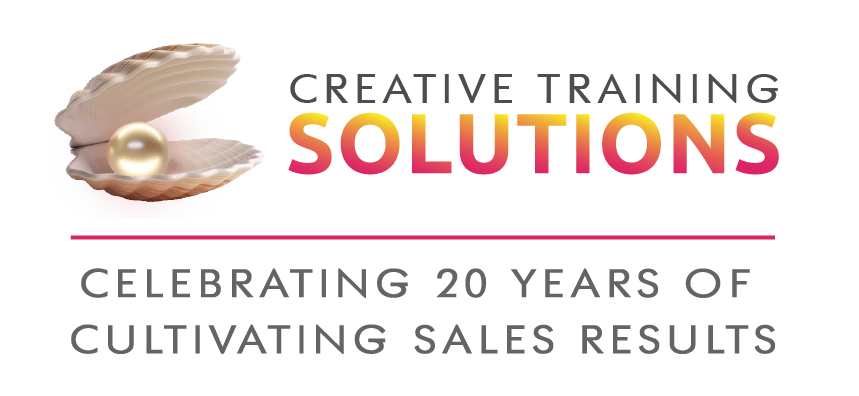Smokin’ Too Much Hopium (Reactive Hopium Vs. Proactive Reality)

It’s the peak of the summer season, with most of us dealing with hot and sticky temps for the next few months. Are the heat and humidity slowing us down? Could this also be happening with our pipelines?
As salespeople, how many times have we heard the following:
“Once I’m back from vacation I will be ready.”
“I like what I see and I’ll get back to you.”
“I haven’t had time to look at the contract, but I should get to it by the end of the week.”
Hearing these responses gives us a much-needed glimmer of hope, maybe even more so in these months filled with vacations and other fun distractions. We feel like we’ve accomplished something, when in reality we’re just smokin’ hopium and keeping our fingers crossed that these sales come through. We don’t have any concrete evidence that we can count on these opportunities, but they sure do sound good!
So what is this hopium thing? Hopium is counting on and forecasting sales that are out of our control. But how do we know when we have lost control of the sale? It’s very easy to figure out. Hopium is when the prospect has control and we are relying on them to take the next step instead of doing it ourselves.
What can we do to avoid hopium? We must make sure that we end every meeting or conversation with a potential customer with a mutually agreed upon “Next Set Time.”
What do we mean by a Next Set Time? It is a very common practice for salespeople to suggest a date (or several dates) and then let the prospect pick the time. In blunt terms, this practice can actually be considered sales suicide. This is a reactive way of running your business compared to a proactive way. To be proactive we need to secure a Next Set Time, which is a mutually agreed upon date and time…on both your prospect’s calendar and yours…to talk or meet again in order to move the sale forward.
We are the ones asking for a meeting or conversation on a specific date and time because it is convenient for us. It shows the prospect we are very interested in doing business with them. People like to feel wanted. Plus, it shows our time is just as valuable as the prospect’s time. When we obtain a Next Set Time, it changes from being gut feel to evidence our prospect is playing ball with us. This is being proactive in sales.
Without a Next Set Time, we cannot rely on the prospect for income. We don’t get paid on wishes and hope, but we do get paid on what becomes reality. Being overly optimistic about the business we expect to come in leads to not prospecting enough. We become comfortable and reactive.
Think about the following:
What are proactive activities?
- Prospecting over the phone (gaining new accounts and growing existing accounts)
- Spending face to face time with prospects and customers (looking for new business)
- Strategizing your next call and planning how you will win the business, including getting that critical Next Set Time
- Networking and attending new events
- Closing sales!
What are reactive activities?
- Answering emails to serve customers
- Firefighting
- Servicing existing accounts, without up-selling or cross-selling
- Administrative duties, internal meetings, stuff
- Busywork that is not a high impact activity
In the end, when we snuff out hopium, we have a real grasp on what is truly in our pipelines. We can structure our days, even in these hot summer months, and be better forecasters of what business is coming in. More structure equals more dollars in our pockets. And we can all use those…FOR REAL!
ETIQUETTE CORNER:
Avoiding Introduction Pitfalls
Test your knowledge of introductions in light of the following three scenarios:
#1. You are at a networking event. You have a brand new client your boss has never met. You are standing with the new client and your boss approaches. Who should you introduce to whom?
If your first inclination is you should introduce your boss to your client, you might want to think again. The proper way is to introduce your client to your boss. The most important person in this situation is the client, so to honor that person, the client should be named first and introduced to your boss, and then visa versa.
#2. You are visiting booths at a tradeshow with a co-worker and you bump into someone you worked with in the past. You panic and cannot remember that person’s name. What should you do?
If you answered that you should chat and simply not introduce your co-worker at all, hoping to have a fast conversation and keep walking…oops…try again. The rule of thumb is to admit, apologize and move on. Admit to your lapse of memory, apologize for it and make the introduction, and then quickly move on to another subject. This is a much more respectful way to handle the situation.
(Besides, there’s a chance they forgot your name, too!)
#3. You walk into a meeting at your company and start making small talk with a couple of people nearby before it begins. One person (that you met just last week) unknowingly pronounces your name wrong. What should you do?
If your first thought was you should not correct that person, but just let it slide, there is a better way. Politely let the person know the correct pronunciation of your name. This will prevent them from continuing to say it incorrectly. The same holds true if you pronounce someone’s name wrong and realize what you have done. Quickly apologize and say their name correctly. Time is of the essence.
In conclusion, no one is perfect when it comes to introductions or names. Besides keeping this advice in mind…having good intentions, along with a firm handshake and a genuine smile, goes a long way. Enjoy your new connections!



